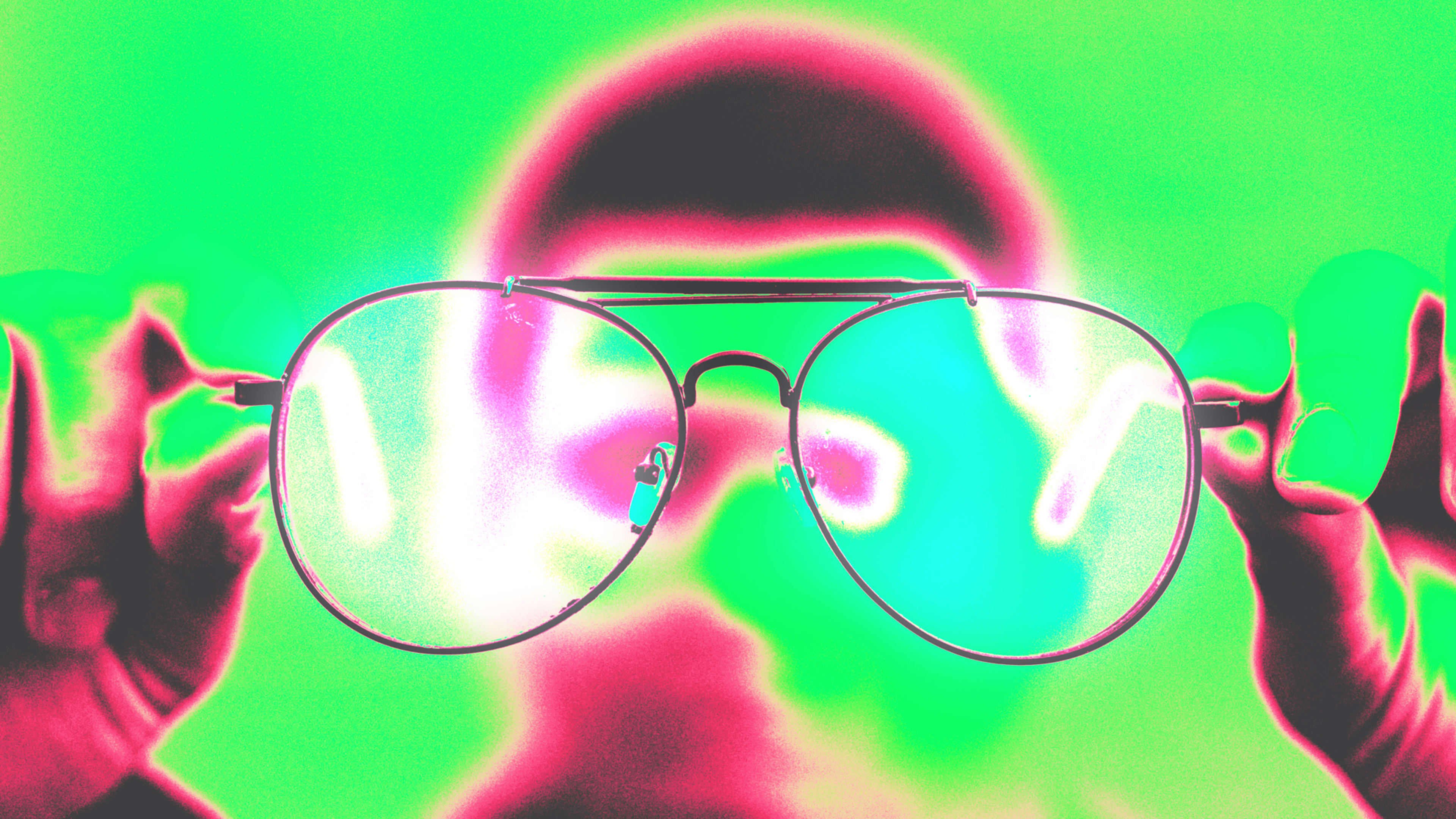At Apple’s developer event in June, the company will finally trot out the fruits of its multibillion dollar labor to create a mixed-reality wearable for the face, according to a new report from Bloomberg Businessweek. “Mixed reality” implies that users will be able to watch movies and do FaceTime calls within the device, and also have experiences that incorporate the real world in front of them.
Many people inside Apple, including CEO Tim Cook, had hoped that Apple might enter the mixed-reality space with a product that was smaller and more stylish than the bulky, headset-style XR devices that populate the XR market today, such as the Meta Quest Pro. The company envisioned a pair of glasses that were more like reading glasses, which people might use for many of the tasks they now do on their iPhones or Macs.
It now looks like Apple’s product, which will reportedly be marketed under the “Reality” brand, will look more like ski goggles, Businessweek reports. One Apple insider told the Bloomberg-owned publication that the company is at least four years away from delivering a smaller “glasses” design. A number of miniaturization breakthroughs are needed to fit powerful chips and battery power inside the smaller-form factor, industry sources have told Fast Company.
With Apple’s XR product, users will reportedly control elements of the UX with their eyes (via eye-tracking cameras in the headset) and their hands (via hand-tracking sensors built into the headset). The device, Businessweek reports, will get its power from an external battery pack that the users will carry in their pocket, which connects to the goggles via a cable. And the device will reportedly cost around $3,000.
Why is Apple launching now instead of waiting until the technical breakthroughs needed for a svelte pair of AR glasses are possible? Or until the component costs (lenses, chips, etc.) come down so that the price could be lower? It’s possible that Apple wants help from the developer community to create the ecosystem of apps and experiences needed for the glasses.
Apple has some idea of what people might use the goggles for, but the pitch doesn’t sound all that compelling yet. Apple hopes people will use the goggles for “playing games, browsing the web, emailing, doing FaceTime video calls while collaborating in apps, working out, and even meditating,” Businessweek reports. This makes it sound as if the first version of the device will act as a sort of face-worn monitor, not the augmented-reality device that would mix graphic elements with things in the real world outside of the lenses.
Apple may need to rely heavily on the developer community to come up with new, useful and fun apps for the goggles. Apple released its AR framework, ARKit way back in 2017, and developers have been experimenting with it, but without an actual device to try their apps on, its utility is limited. That would change with the arrival of the Reality product.
The first version of the Apple Watch was limited in its capabilities and battery power, but version by version the device became more functional—and more popular with users. On the other hand, the Watch didn’t have a size problem—it was larger than most other watches, but consumers accepted its form factor because the utility of the device made up for it. Consumers may have a much harder time accepting that trade-off in the mixed-reality device.
What does all this mean for Apple? If Apple does release the product, as Businessweek describes, at its Worldwide Developer Conference (WWDC23), it will likely stir up the old arguments about whether Apple can still release world-changing products like it did during the Jobs years. Apple has released new products during the Tim Cook years, but nothing that had the chance to become “the next big thing”—a go-to personal computing device as ubiquitous as the smartphone is today. Apple once had that grand vision for its XR glasses, but those hopes are very likely on hold.
Recognize your brand’s excellence by applying to this year’s Brands That Matter Awards before the early-rate deadline, May 3.
